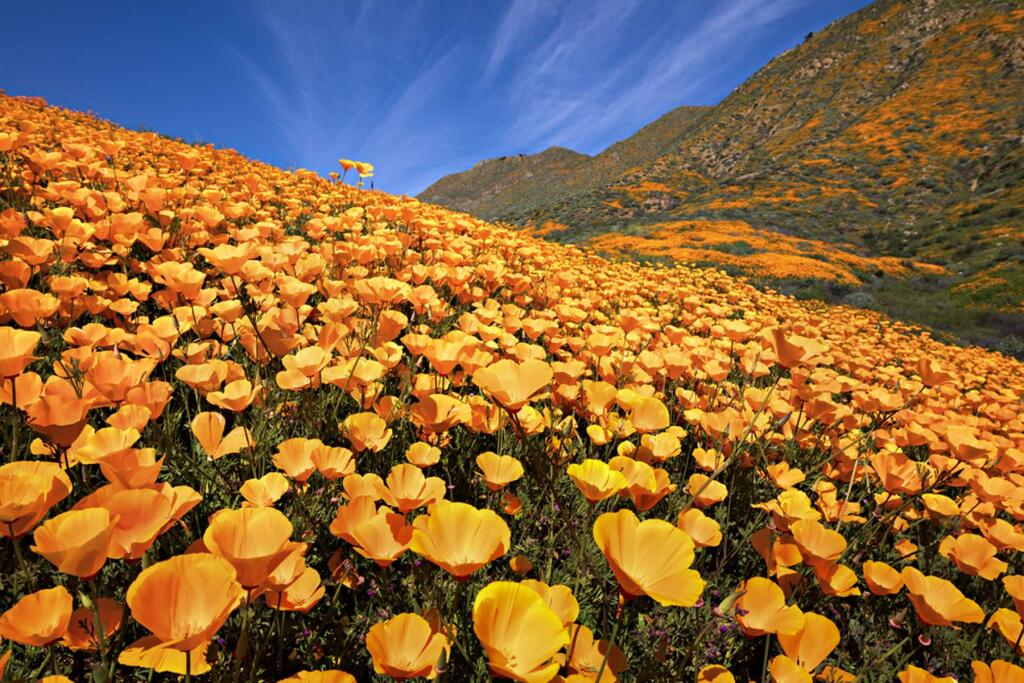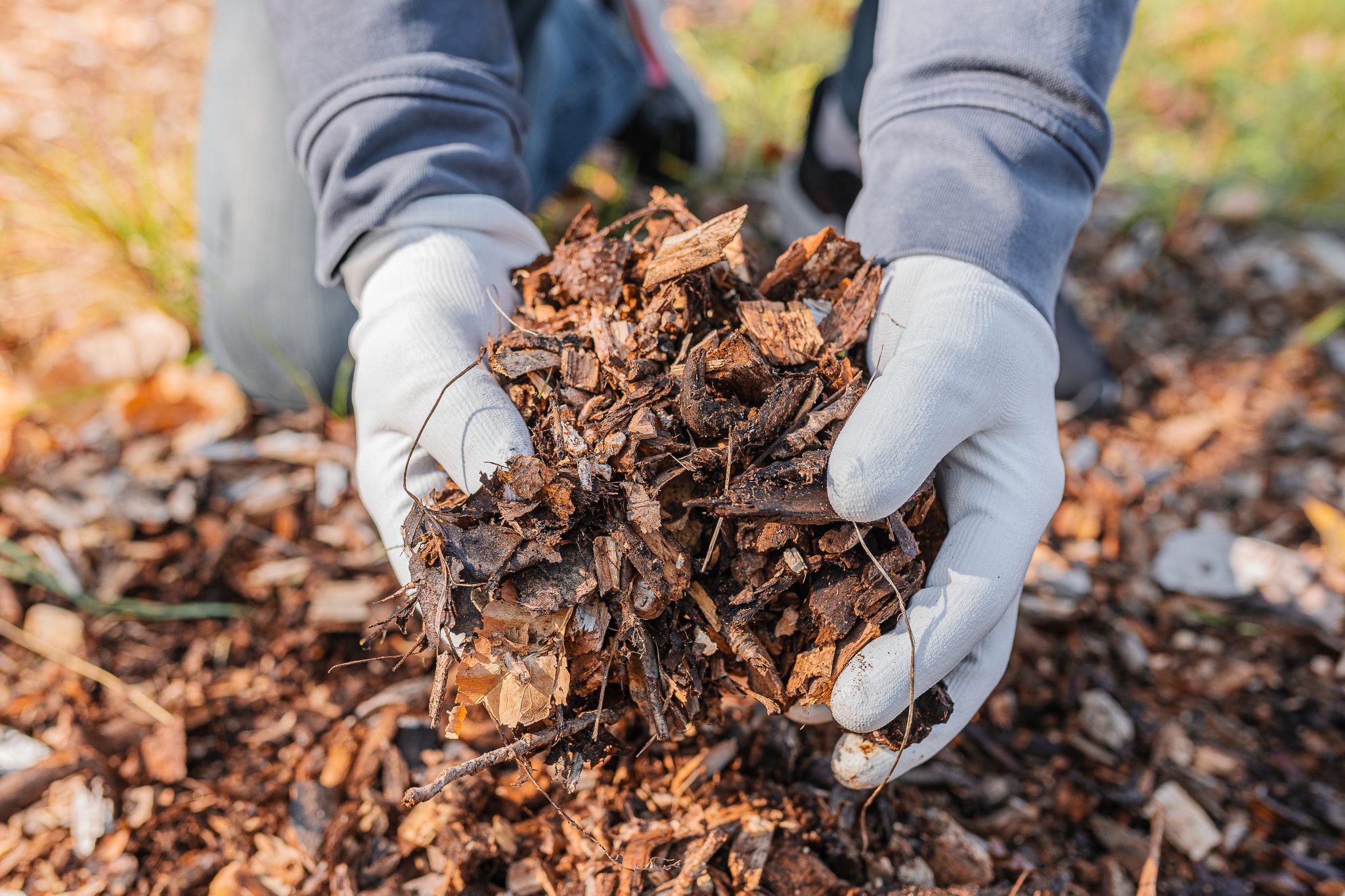Why is Defensible Space So Important?
Adequate defensible space acts as a critical barrier, slowing or stopping wildfires from reaching your home and spreading to your neighbors. It’s your property’s first and best defense against the devastating power of wildfire.
When wildfires strike, firefighters must make critical decisions about where their efforts will be most effective. Homes with well-maintained defensible space demonstrate preparedness, making them a priority for protection.
Zone 0: The Ember-Resistent Zone (0-5 Feet)
This immediate zone around your home and other structures is the most critical for preventing ember ignition. Why? The majority of homes lost to wildfire are ignited by flying embers. Embers can travel miles ahead of the active front of wildfires.
The goal here is to eliminate all flammable materials.
Key Actions for Zone 0:
- No vegetation: Keep this area completely free of live or dead plants, including groundcovers, shrubs, and trees.
- Non-combustible surfaces: Use non-flammable materials like gravel, concrete, pavers, or decomposed granite for walkways and patios.
- Clean surfaces: Regularly remove leaf litter, pine needles, and other debris from roofs, gutters, decks, and under eaves.
- Relocate: Move firewood stacks, propane tanks, and other flammable items outside of this zone.
- Consider non-combustible mulch: If any mulch is used, opt for non-combustible options.
Zone 1: The Reduced Fuel Zone (5-30 Feet)
In this zone, the focus is on reducing the amount and continuity of flammable vegetation. The goal is to prevent flames from directly contacting your home and to reduce radiant heat.
Key Actions for Zone 1:
Trim trees regularly to keep branches a minimum of 10 feet from other trees.
Keep it lean, clean, and green: Plants should be widely spaced, low-growing, and well-irrigated to stay green during fire season.
Remove all dead plants, grass, and weeds.
Remove dead or dry leaves and pine needles.
Zone 2 – The Low Fuel Zone (30-100 feet from buildings)
This outermost zone acts as a buffer to further reduce fire intensity and slow its spread towards your home. If Zone 2 extends into a neighbor’s yard, work together to coordinate actions and enhance the value of the collected efforts.
Key Actions for Zone 2:
Clear areas around outbuildings and propane tanks. Keep 10 feet of clearance to bare mineral soil and no flammable vegetation for an additional 10 feet around their exterior.
Cut or mow annual grass down to a maximum height of four inches.
Create horizontal space between shrubs and trees. (See diagram)
Create vertical space between grass, shrubs and trees. (See diagram)
Remove fallen leaves, needles, twigs, bark, cones, and small branches. However, they may be permitted to a depth of three inches.
Keep 10 feet of clearance around exposed wood piles, down to bare mineral soil, in all directions.
Firewise Plant Planner
Creating a resilient landscape starts with choosing the right plants
In just four simple questions, this interactive plant planner helps you discover a customized list of plants tailored to your site conditions. The result is a landscape that not only feels authentic to Northern California, but also supports long-term fire resilience.

Firewise Plant List
While no plant is entirely fireproof, some species are more fire-resistant than others and making thoughtful choices can give your landscape an important advantage. We’ve compiled a list of plants to help you reduce hazards around your home.

Mulch Combustibility
Many commonly used mulches are combustible, posing a serious fire hazard when used around homes in wildfire-prone areas. To help homeowners make safer choices, a comprehensive study evaluated mulch combustibility and offers practical recommendations for landscaping in high-risk zones.